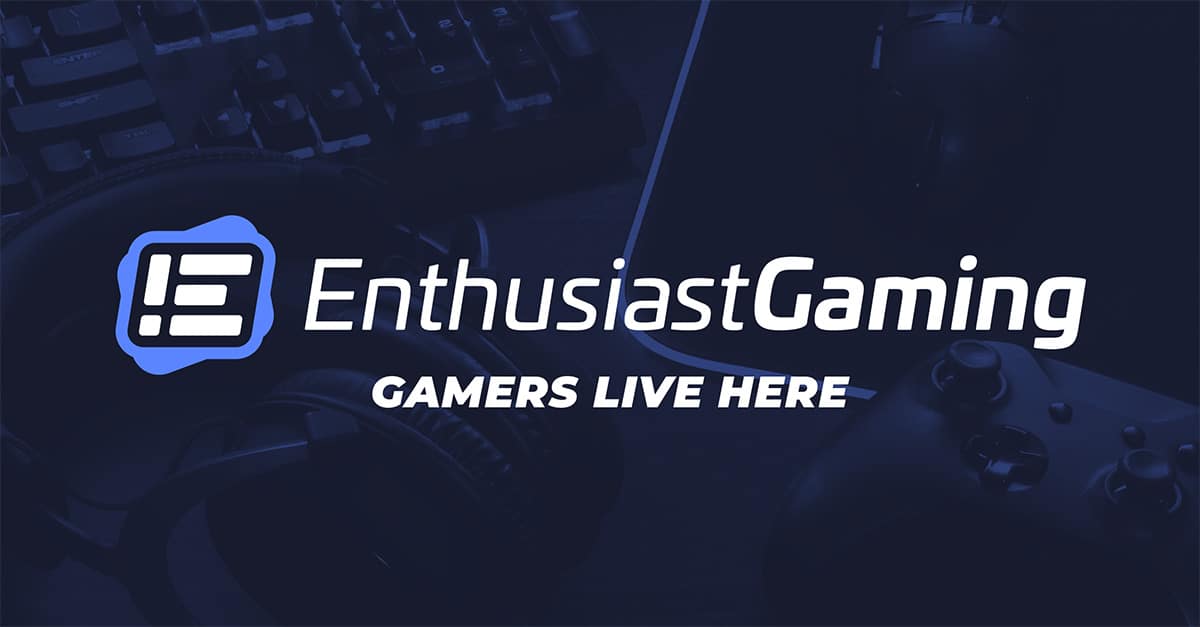Developing a game is a monumental feat, but understanding whether a game is worth developing is nearly as challenging. How do you benchmark the potential success of a game?
Building a compelling business case for a new game project means asking essential questions like:
What will your core mechanics and genre be?
Who is going to play your game? Can you define the addressable market?
Which platforms and markets will work for your concept?
How do you ensure a successful launch?
How do you extend your game’s lifetime?
How do you turn heads at investor pitch meetings?
The more comprehensive your business case and forecast, the more confident and prepared you’ll be as you develop, launch, and operate your game.
This guide will cover the basics of sizing a game’s potential opportunity in the market, including how to use Newzoo’s platform and consulting services to accelerate this process. Let’s get modeling.
Defining your new game’s core mechanics, genre, and total addressable market (TAM)
While every game begins its development life as a single lightbulb-moment idea, that idea quickly evolves into a parade of important considerations like core mechanics, genre, ideal audience, types of players, and a lot more. Sizing your game’s opportunity will be tricky if you try to address every one of these at once.
One viable way to start sizing up the opportunity for a new game concept is to first define its base mechanics and genre. This way, you can track how games with similar features perform and set reasonable benchmarks.
In other words, you likely want to understand whether your concept will meet a need and fit into your target market. Analyzing your competitors’ games will help you figure out what makes your title unique in the market and will provide a handy benchmark for setting expectations for audience sizing and revenue potential.
To make this benchmarking easier, you can define several taxonomies for your future game, such as its genre, audience, art style, themes, and game or monetization mechanics. From there, you can build a value proposition and pinpoint how your game stands out against the competition without getting lost in an infinite number of metrics.
At Newzoo, we use these taxonomy elements to identify a game’s most fitting player audience and total addressable market (TAM). The core taxonomies we identify are key mechanics, genre, themes, and art style, to name a few, but this scope generally expands to include secondary and tertiary taxonomic elements that inform the core ones.
We take these factors into account when building out a model for a new game’s TAM. First, we focus on the core taxonomic elements that will inform the shape and feel of your new game. This will give us a core audience of players already highly aligned with your game concept; this potential audience will resonate most with your hyper-specific set of taxonomies.
After this step, we broaden the target groups by loosening taxonomic restrictions and including more peripheral taxonomic information. This allows us to build expanded target groups, growing the audience by reducing overall alignment. Players from the original core audience will be more likely to invest in your game than the larger groups. By evaluating the various audiences in this way (while making sure we don’t double-count players), we end up with an estimate for the TAM for your new game.
We use our data to give weighted percentages to taxonomic target groups for a game. We can size the number of players that would be interested in any specific game configuration (for instance, a mid-core zombie shooter game for PC launched in the US and the UK). Filtering these with our gaming ecosystem numbers can help estimate a new game concept’s opportunity.
Building a viable and scalable profit and loss model for your new game concept
Modeling a game’s financial viability is a separate process, comprised of determining the size and scope of the project according to its budget, estimated development time, development team size, and other comparable metrics.
Developing a small game generally takes around one to two years and $75,000 to $200,000. Mid-size titles require between two and five years and a roughly $300,000 to $3 million budget. You’ll likely need five years of development time and over $5 million to develop a large-scale game. While these aren’t hard and fast figures, they’re decent estimations for determining how much runway you’ll need for your game.
To figure out your game’s scale (and budget accordingly), you can analyze your competitors to identify titles like what you’re hoping to develop and compare revenue expectations.
First, you can analyze games that have underperformed in gameplay and revenue compared to your concept’s prospective performance. Ideally, these are titles that players wouldn’t select over your game. If you expect players to choose these games over yours, you’ve probably overbudgeted or are experiencing misalignment in your design.
Then, you can look at games that have generated comparative revenue to what you expect to earn. These titles should also have similar quality gameplay to your concept. Your new game should ideally outperform these titles in terms of gameplay. The idea here is to glean budgets, development times, and marketing costs while priming your game to win over incumbent audiences once it’s launched.
Finally, you can look at popular titles with captivating gameplay, which likely generate more revenue than your game will (based on your best expectation setting). If you feel that your concept eclipses AAA competitors, but you’re working with an indie budget, then expectations are probably misaligned.
This exercise is a sanity check of sorts. Going through this thought process helps to define whether your budget and scope match the kind of game you’re going to build.
Evaluating a game through this comparative lens is quite helpful for determining if your new title is viable to produce with your allotted timeline, budget, team, and resource pool. It also improves your business case for investors, showing that you understand where your game may fit in the larger gaming ecosystem.
Planning for your new game’s launch and continued success
While estimating the potential size of a player base is helpful, it doesn’t necessarily provide insight into how many players will go on to purchase the game or in-game content.
In general, the lifetime player value for most games in their first or second year is approximately 10% to 15% of its overall addressable market. These conversion rates vary depending on many factors, including marketing, release timing, critical and audience reception, uniqueness, and streamer trends.
One way to address the uncertainty here is to envision three scenarios: a poor launch, a standard launch, and a highly successful launch. For each scenario, you can forecast revenues by working through pricing and monetization conversion. There’s no hard and fast rule for pricing, but analyzing competitors and looking into market and ecosystem trends is handy.
Based on past trends, popular titles perform best after being released and trail off over several months. Discounts and new content drops boost performance, as does attention from popular streamers.
On the other hand, smaller titles don’t have the same marketing budgets as AAA and AA companies, so there’s usually less buzz around these launches. Positive critical and player reception, word of mouth, and streamer interest can help indie games level the playing field regarding snagging engagement.
Building a community that keeps your game alive (and thriving)
Other actions to consider in this predevelopment process are creating a post-release content strategy and tracking potential streamer trends that may influence your game’s release and operations.
Before getting deep into development, planning how often you will update the game is very handy. Maybe your plan doesn’t include these sorts of updates. Determining this will heavily impact the game’s development and overall design.
Most games nowadays prolong their lifecycles via frequent content and service updates. Understanding whether your market segment expects these practices will help sway decisions for your game’s economy, viable monetization strategies, design, and more.
Regarding streaming trends, one of the main ways people discover games today is through their social footprints. Streamers now have the potential to grow a title’s audience and even revenue significantly.
Depending on what kind of game you are looking to develop, building with a game’s community in mind can improve the likelihood of finding a core audience and boosting growth beyond these players. Given their ability to inspire and fire up a gaming community, streamers are a proven resource for rapid or sustained growth.
Pitching your new game concept to investors
Once you have a good idea of the sort of game you’re building, how it compares to what’s already on the market, and its estimated reach and revenue potential, you can bundle this together and pitch it to investors.
Investors hear pitches at an alarming cadence, so highlighting your knowledge of the market and how your game fits into it can elevate the pitch for your concept. You can take this further by showcasing the pros and cons of your game and assessing market factors using strategic frameworks like SWOT analysis.
Doing this will simplify the key risks and opportunities and highlight your game’s strengths and potential pitfalls (which you can already point to and circumvent), making it clear why an investor should choose your concept.
Forecasting your new game concept’s market potential with Newzoo
Understanding the steps required for sizing your game concept’s potential will save you a lot of hassle later in the development process and especially once you’re ready to launch. Going through that process is another story entirely – this is where Newzoo can help.
Having clear and powerful data acting as a guide and toolkit makes the entire process, from greenlighting the concept to continually rising above the competition, much smoother. Newzoo’s Game Performance Monitor and Global Gamer Study provide the most complete and in-depth insights into the market and its players available today. Coupling these tools with dedicated consultants ensures you get the most out of the tool.
Of course, the gaming world is vast. If you’re looking for a place to start, you can check out our latest report on the state of the PC and console market to explore the most essential industry trends, including the top genres and mechanics, what kinds of gamers you can target now and in the future, and a lot more.


